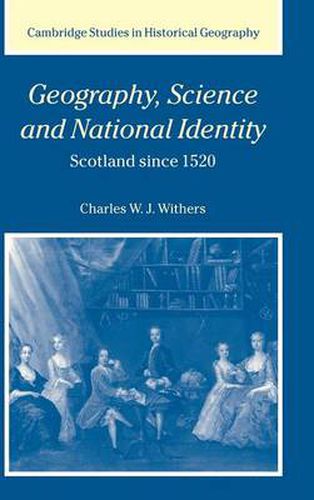Readings Newsletter
Become a Readings Member to make your shopping experience even easier.
Sign in or sign up for free!
You’re not far away from qualifying for FREE standard shipping within Australia
You’ve qualified for FREE standard shipping within Australia
The cart is loading…






Charles Withers’ book brings together work on the history of geography and the history of science with extensive archival analysis to explore how geographical knowledge has been used to shape an understanding of the nation. Using Scotland as an exemplar, the author places geographical knowledge in its wider intellectual context to afford insights into perspectives of empire, national identity and the geographies of science. In so doing, he advances a new area of geographical enquiry, the historical geography of geographical knowledge, and demonstrates how and why different forms of geographical knowledge have been used in the past to constitute national identity, and where those forms were constructed and received. The book will make an important contribution to the study of nationhood and empire and will therefore interest historians, as well as students of historical geography and historians of science. It is theoretically engaging, empirically rich and beautifully illustrated.
$9.00 standard shipping within Australia
FREE standard shipping within Australia for orders over $100.00
Express & International shipping calculated at checkout
Charles Withers’ book brings together work on the history of geography and the history of science with extensive archival analysis to explore how geographical knowledge has been used to shape an understanding of the nation. Using Scotland as an exemplar, the author places geographical knowledge in its wider intellectual context to afford insights into perspectives of empire, national identity and the geographies of science. In so doing, he advances a new area of geographical enquiry, the historical geography of geographical knowledge, and demonstrates how and why different forms of geographical knowledge have been used in the past to constitute national identity, and where those forms were constructed and received. The book will make an important contribution to the study of nationhood and empire and will therefore interest historians, as well as students of historical geography and historians of science. It is theoretically engaging, empirically rich and beautifully illustrated.